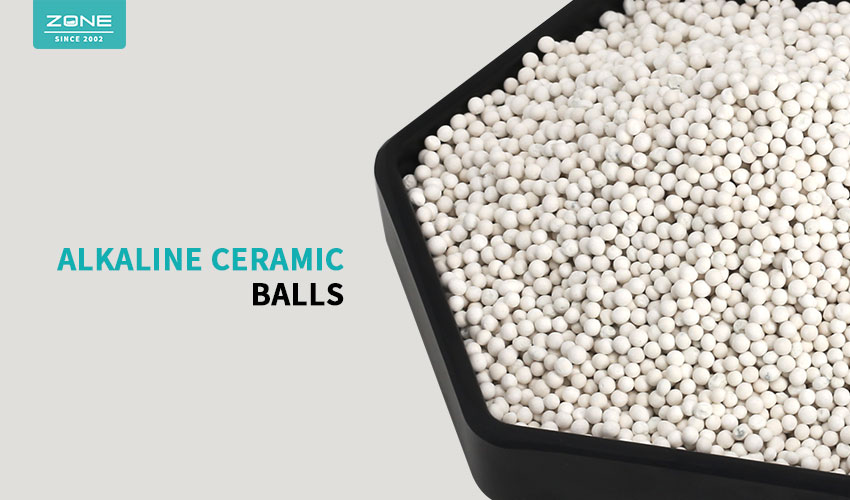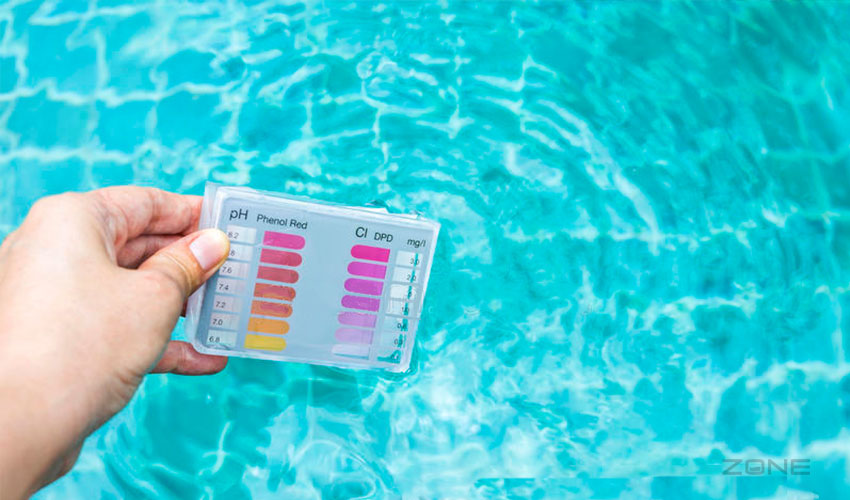4 Ways to Increase the pH and Alkalinity in Your Pool
Why do we raise the pH in the pool? The death or reduction of aquatic plants or algae in the pool will lead to the increase of carbon dioxide in the water, which will change the balance of carbonic acid in the water and lead to a decrease in the pH of the water body.
The temperature of the water in the pool decreases, which increases the solubility of carbon dioxide in the water, thereby increasing the carbon dioxide content in the water and reducing the pH of the water body.
The pool is polluted by acidic substances, such as sulfuric acid, hydrochloric acid, etc., which will increase the acidic ions in the water and reduce the pH of the water body. Reducing the pH value in the pool may cause adverse effects on aquatic organisms and plants, such as affecting respiration, digestion, metabolism, growth and other functions. Therefore, it is necessary to regularly detect and adjust the pH value in the pool to keep it within an appropriate range.

1.Using alkaline ceramic balls, alkaline ceramic balls are made of natural mineral materials and ceramic composite materials, which can slowly dissolve alkaline ions and minerals in water, neutralize acidic substances in water, and adjust the pH of water quality. This method is relatively stable and safe, but the alkaline ceramic balls need to be replaced or supplemented regularly.

2.Adding alkaline substances, such as lime, soda ash, baking soda, etc., can neutralize the acidic substances in the water and increase the pH and alkalinity of the water. But pay attention to the amount and speed of addition to avoid fluctuations in water quality and scaling.
3.Using air aeration or oxygenation equipment, the oxygen in the air can react with the carbon dioxide in the water to generate carbonate ions and increase the pH and alkalinity of the water. This method is relatively simple and economical, but the effect is not obvious, and it requires long-term continuous aeration or oxygenation.
4.Replace with new water or fresh water. New water or fresh water generally has a higher pH and alkalinity. After mixing with the original water, it can improve the overall water quality. This method is relatively direct and effective, but consumes a large amount of water resources and may cause changes in other parameters such as water temperature and salinity.
However, we recommend using alkaline ceramic balls more, this method is a convenient and safe method, the following are some steps to use alkaline ceramic balls:
·Test the pH and Alkalinity in the pool, using a pH and Alkalinity tester or instrument, the ideal range is a pH of 7.2-7.6 and an alkaline of 80-120 ppm (parts per million).

·Choose the appropriate alkaline ceramic balls. According to the size of the pool and the water quality, choose different specifications and quantities of alkaline ceramic balls. Generally speaking, you need to add 0.5-1 kg of alkaline ceramic balls per cubic meter of water .
·Put the alkaline ceramic balls into the filter element or filter bag, and then put them into the pool, preferably scattered in different positions, so as to act on the water quality evenly.
·Turn on the water pump or stir the pool to make the water flow, increase the contact area and time between water and alkaline ceramic balls, and promote dissolution and reaction.
·After waiting for a period of time, re-test the pH value and alkalinity in the pool to see if it reaches the ideal range. If it is not enough, you can appropriately increase the amount of alkaline ceramic balls or replace them with new alkaline ceramic balls.
RELATED NEWS
CATEGORIES
LATEST NEWS
CONTACT US
Name: Joy
Mobile:WhatsApp +86-15615531918
Tel:+86-533-6723045
Whatsapp:+86 15615531918
Email:joy@onlyzone.cn
Add:Building 25-1, 333 Sanying Road, Zibo City, Shandong Province, China